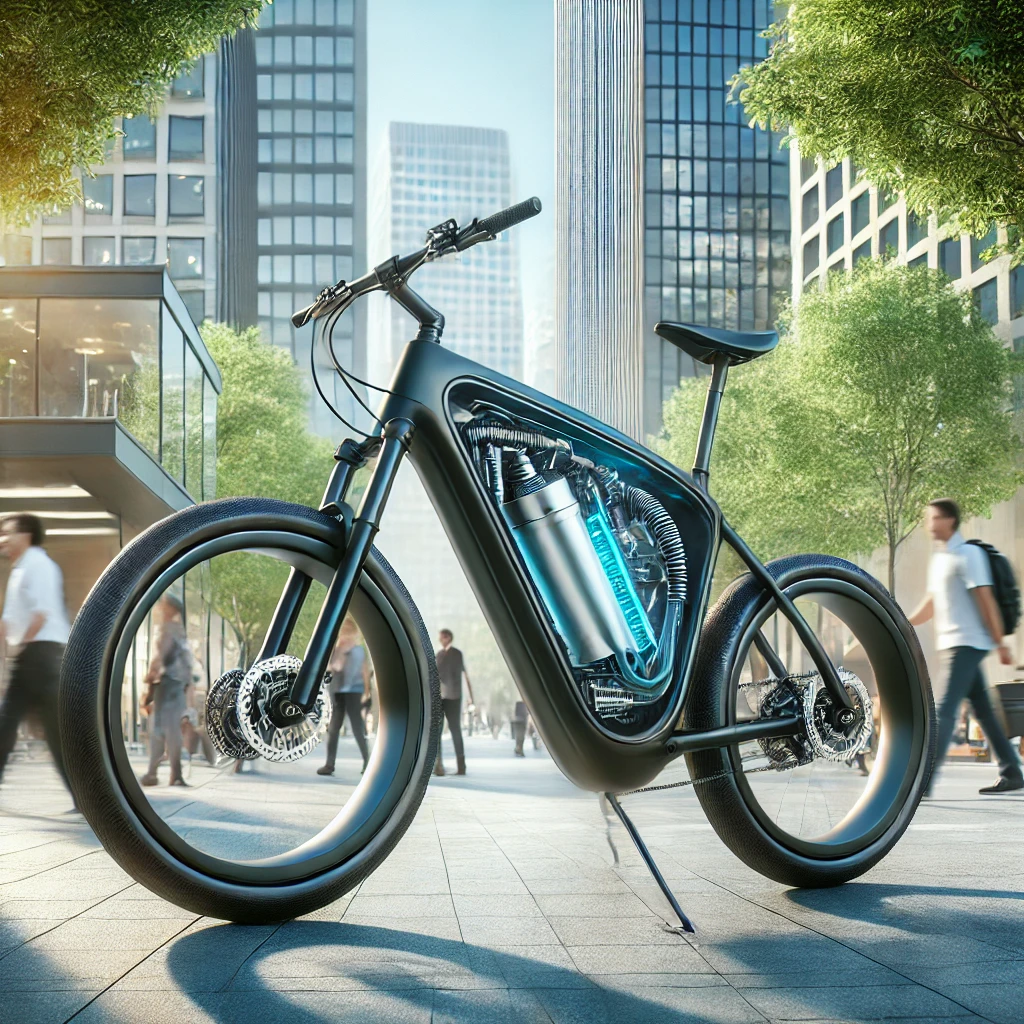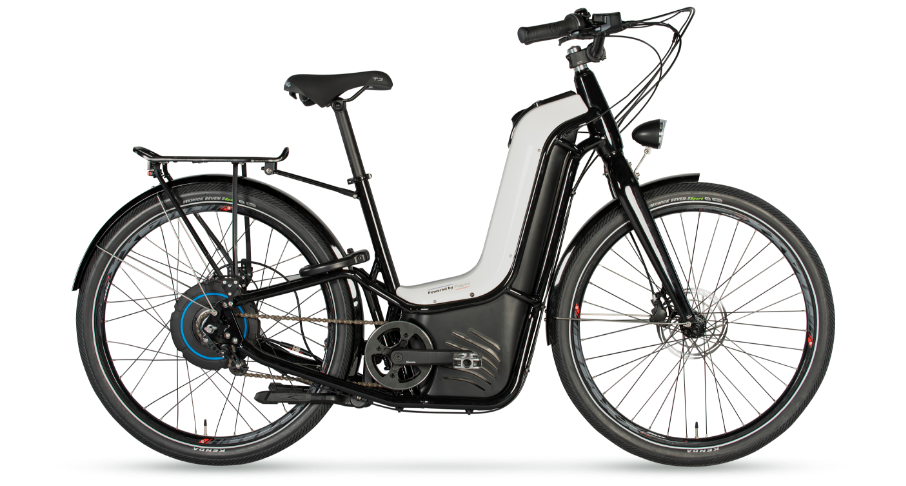In the endless pursuit of cutting-edge, eco-friendly transportation, the hydrogen-powered bike has pedaled onto the scene. While these bikes aim to offer a green alternative by emitting nothing more than water vapor, the concept might raise some eyebrows—or elicit outright guffaws. After all, straddling a miniature Hindenburg doesn’t exactly sound like a tranquil way to commute.

Hydrogen fuel cell technology, lauded in automotive circles for its potential to replace the internal combustion engine, involves storing hydrogen gas and converting it into electricity through a fuel cell to power an electric motor. The process is clean, the energy output impressive, and the only byproduct, as mentioned, is water. So, what could possibly go wrong when applying this to bicycles?

First, let’s talk about the elephant in the room: safety. The haunting imagery of the Hindenburg disaster is hard to shake, and for good reason. Hydrogen is highly flammable, and while technological advancements have made hydrogen tanks safer, the idea of an accident turning a leisurely bike ride into a fireball scenario is disconcerting. The industry assures us that safety measures are top-notch, but skepticism remains as strong as the steel tanks meant to contain this volatile element.

Beyond safety, there’s the issue of practicality. Hydrogen fuel infrastructure is notoriously underdeveloped. Finding a hydrogen refueling station is already a Herculean task for car drivers; imagine the plight of cyclists. Moreover, the complexity and cost of manufacturing and maintaining a hydrogen-powered bike might prompt one to question the sanity of such an endeavor. Why opt for a high-tech, high-cost solution when simpler, equally sustainable options like electric bicycles exist? One company offers an at home hydrogen generator, that costs more than the bike itself. This also raises the question about safety at home, do insurance companies cover hydrogen explosions?

The economic argument for hydrogen bikes is as thin as the tires they roll on. The production of hydrogen, especially the most common method involving natural gas, is both costly and environmentally dubious, undercutting the very premise of these bikes’ existence. And while cleaner production methods exist, such as electrolysis using renewable energy, they are not yet widespread or economically viable on a small scale, like personal biking. The image above shows locations of existing hydrogen fueling sites.

Let’s face it, the market for hydrogen-powered bikes is a niche within a niche. It targets environmentally conscious technophiles with a penchant for novelty and a tolerance for risk—both financial and physical. It’s a hard sell to the average consumer who just needs a reliable, safe, and affordable way to get from point A to point B.

While the vision of a hydrogen-powered future where bikes silently swoosh by, leaving nothing but a trail of H2O in their wake is enchanting, the reality is grounded in much harsher truths. Between the safety concerns, impracticalities, and economic barriers, one might argue that the hydrogen bike is more a product of high hopes than of solid engineering. As we pedal forward, perhaps it’s wise to remember that not every scientific advancement is a step in the right direction. Sometimes, it’s just a really, really explosive idea.





